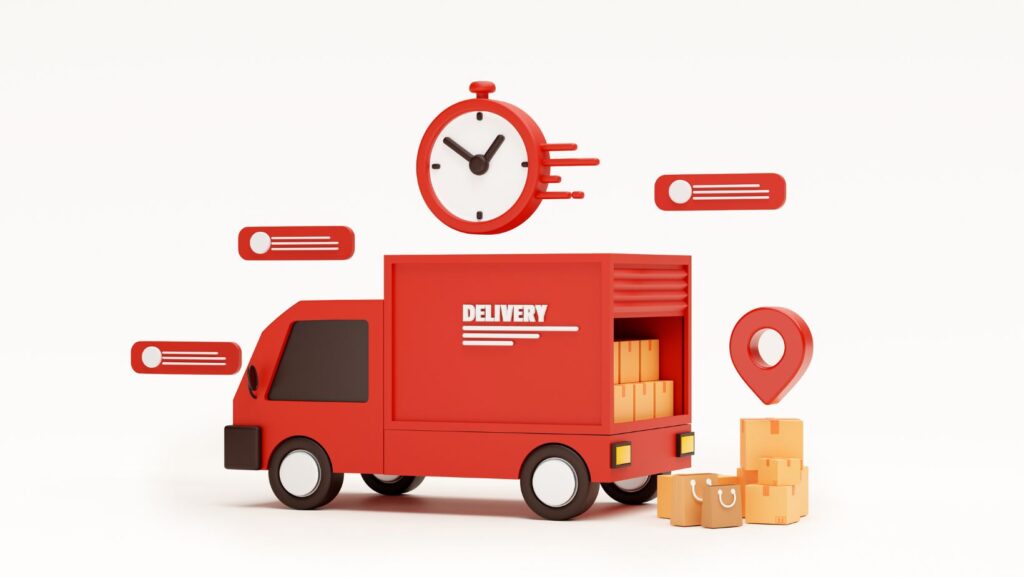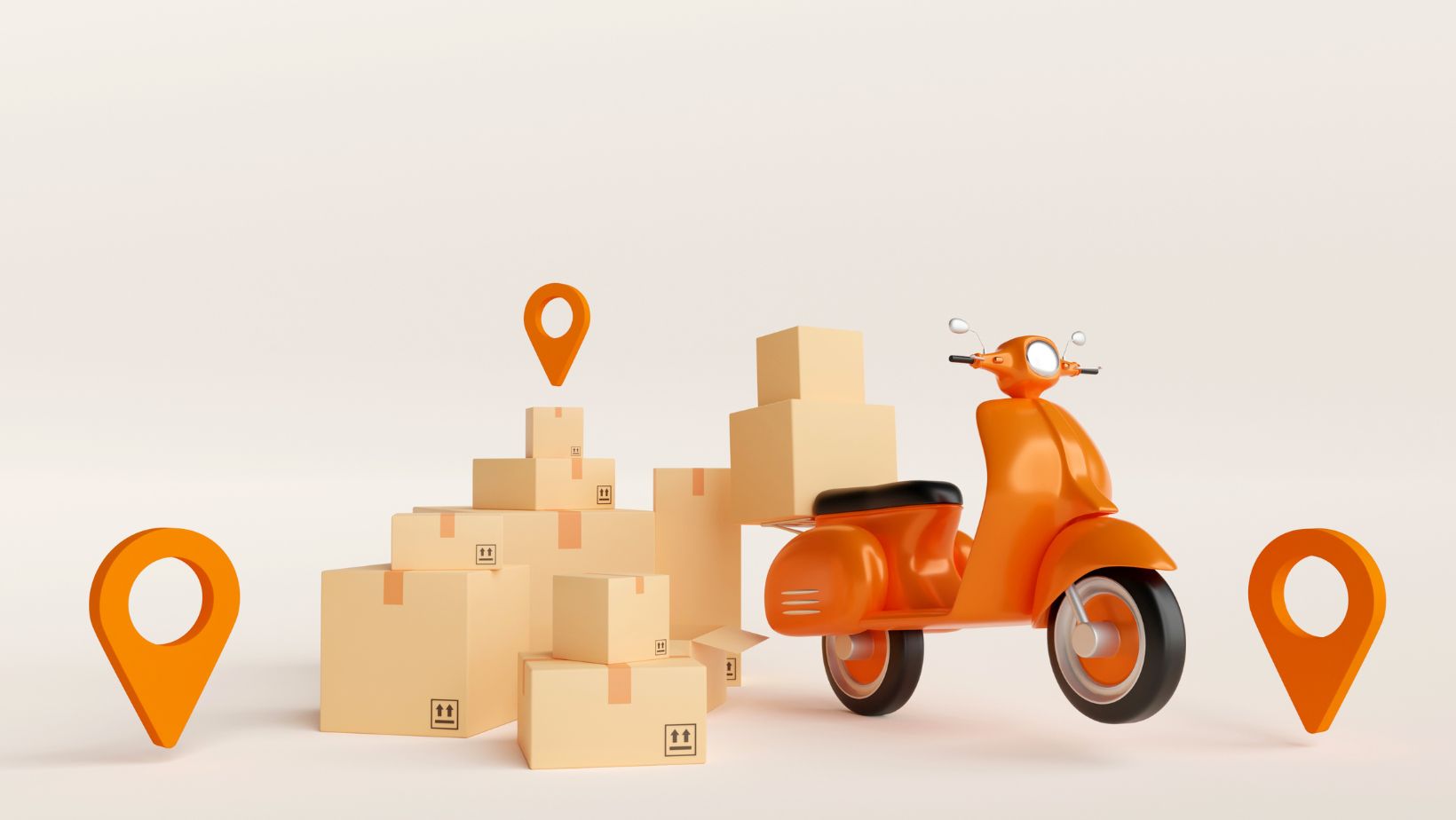
The delivery world isn’t what it used to be. Not long ago, drivers carried paper manifests, used gut instinct to plan their routes, and crossed their fingers that traffic didn’t turn the day into chaos. Now, the entire industry has turned into something far more intelligent – almost alive. Real-time data pulses through every vehicle, every dispatch system, and every package. It’s no longer about speed alone; it’s about precision, timing, and adaptation. Even established companies like Florida couriers have had to evolve from simple drop-off services into data-driven networks that operate like finely tuned instruments.
What’s unfolding isn’t just a minor upgrade to logistics – it’s a total rewrite of how things move from A to B. Technology has given couriers, warehouses, and even small business shippers the ability to anticipate problems before they happen, rather than scrambling once they do. Here are five ways real-time logistics technology is transforming the game entirely.
1. Data as the New Dispatch
In the old world, dispatching a fleet meant sending everyone off with a route sheet and hoping for the best. These days, real-time data has become the new dispatcher – constantly updating, recalculating, and redirecting in response to changing conditions. Systems powered by AI route optimization can now analyse thousands of data points at once – from live traffic feeds to delivery deadlines – and adjust driver routes within seconds. The result is not only faster deliveries but also less fuel wasted and fewer idle hours.
But the interesting part isn’t the algorithm itself; it’s the culture shift it creates. Drivers no longer act on static plans but follow living maps that breathe and react. Dispatchers become data interpreters rather than traffic controllers. The technology turns logistics into a kind of improvisational dance – guided by real-time feedback, not rigid timetables. A courier who can adapt on the fly has more in common with an air-traffic controller than a delivery driver from twenty years ago.
2. IoT and the Rise of the Digital Twin
Every parcel now carries a whisper of data – GPS pings, temperature readings, handling logs. The Internet of Things (IoT) has made it possible to give every shipment its own digital “shadow.” This twin moves alongside the physical package, feeding back its location, condition, and even handling history to a central system. For the customer, this means transparency. For the courier, it means accountability.

Imagine pharmaceuticals or high-value electronics being monitored in real time – no guessing, no endless “where is it now?” emails. If something goes wrong, the data points to when, where, and how. It’s not about micromanaging every box; it’s about creating trust through traceability. In a market where same-day delivery has become an expectation, not a luxury, knowing the condition of every package can mean the difference between retaining a client or losing them to a competitor.
3. Micro-Fulfilment and the Local Delivery Revolution
Warehouses used to be massive, remote facilities sitting on the outskirts of cities. Now, they’re getting smaller and moving closer to customers. These are the micro fulfilment centers – compact hubs tucked into urban corners, built for rapid turnover and minimal inventory lag. The logic is simple: if goods are already halfway to the customer before they even click “buy,” delivery becomes lightning fast.
For couriers, this decentralisation has been a game changer. Instead of long-haul journeys across sprawling cities, drivers operate from local nodes, reducing both costs and emissions. This “edge delivery” model mirrors what’s happening in computing – where data is processed closer to the source to reduce latency. It’s a perfect example of how principles from tech infrastructure are bleeding into logistics. The city becomes a network of living warehouses, humming quietly in the background.
4. Predictive Customer Experience
Once upon a time, customers were grateful just to get a tracking number. Now, they expect to see the courier’s dot moving in real time, with accurate ETAs down to the minute. This is where predictive analytics steps in. Using AI and behaviour data, modern delivery systems can predict not only when a parcel will arrive but also how the recipient is likely to interact with it.
If you’ve ever noticed a delivery notification arriving just before the driver pulls up, that’s not coincidence – that’s prediction at work. It’s the same intelligence that fuels ride-hailing apps, applied to goods instead of people. The end result isn’t just convenience; it’s a sense of reliability that turns a one-time buyer into a loyal customer. In a world where logistics is becoming indistinguishable from customer experience, anticipation is everything.
5. Sustainability Through Smart Routing
Efficiency and sustainability used to sit on opposite ends of the table. Today, they’re often the same thing. Smarter routing means fewer wasted miles, less fuel, and cleaner air. With fleets increasingly going electric, logistics companies are using real-time data to map routes that suit both delivery schedules and battery efficiency. The environmental impact of millions of small adjustments can be enormous.
What’s striking is that sustainability isn’t being driven purely by ethics anymore – it’s being baked into the economics. A well-optimised delivery path saves money and carbon. This is where real-time logistics overlaps with the broader technological shifts seen in areas like digital freight, supply chains, and automation. Smarter movement equals cleaner movement.
The New Nervous System of Commerce
The next time a parcel shows up at your door minutes after you ordered it, remember: it didn’t happen by chance. Behind that knock is a network of algorithms, sensors, and predictive models, all firing in sync like neurons in a brain. Couriers today are less about vans and boxes and more about information – about data in motion.
What we’re witnessing is logistics transforming into intelligence – the quiet merging of human adaptability with digital precision. In the near future, the systems themselves might make decisions so fluidly that “real time” will sound quaint. Deliveries won’t just move fast. They’ll move smart.


